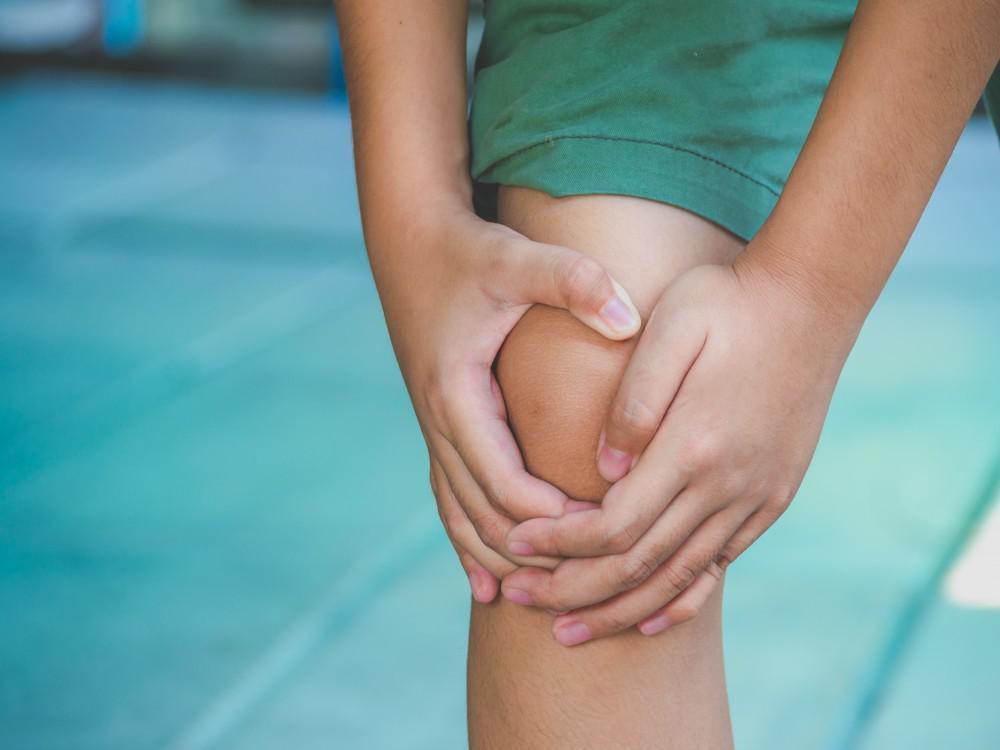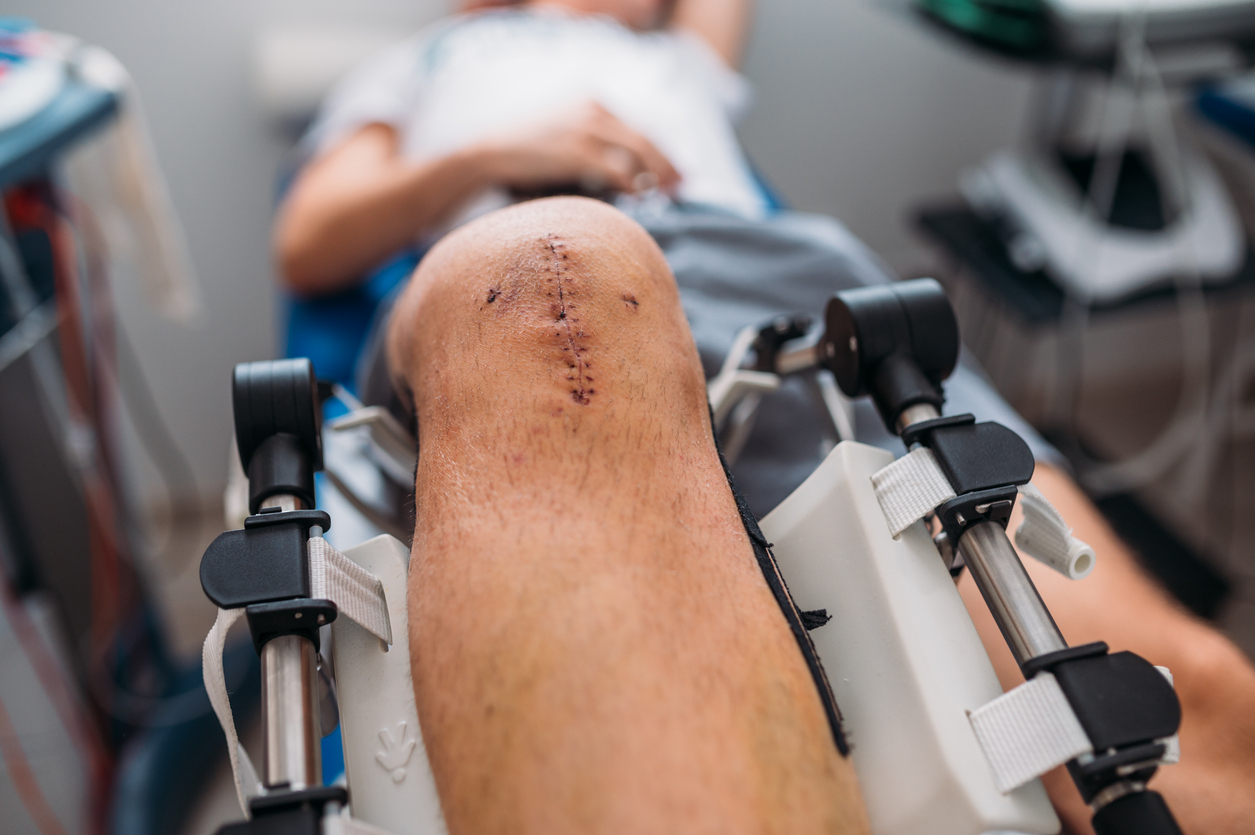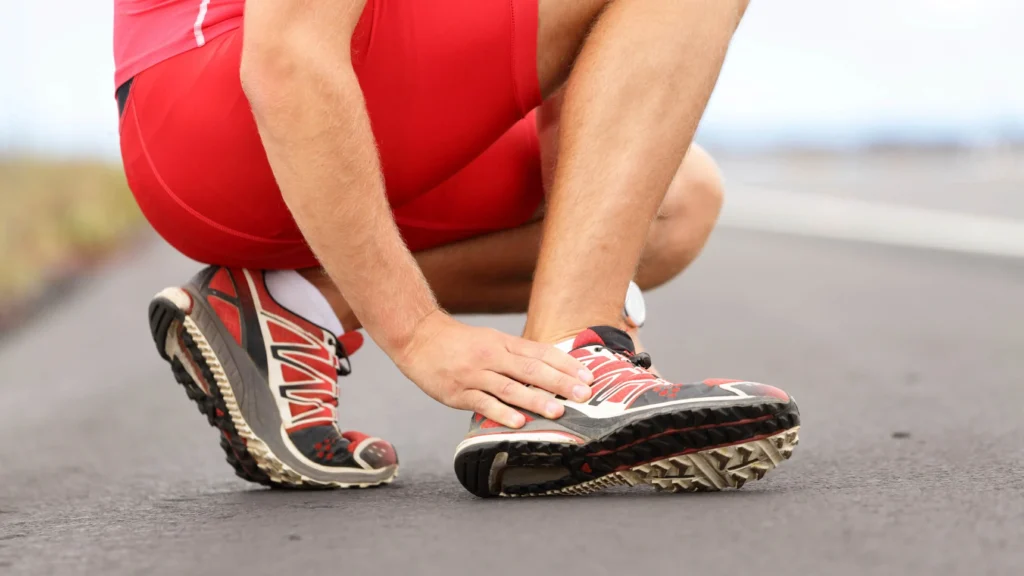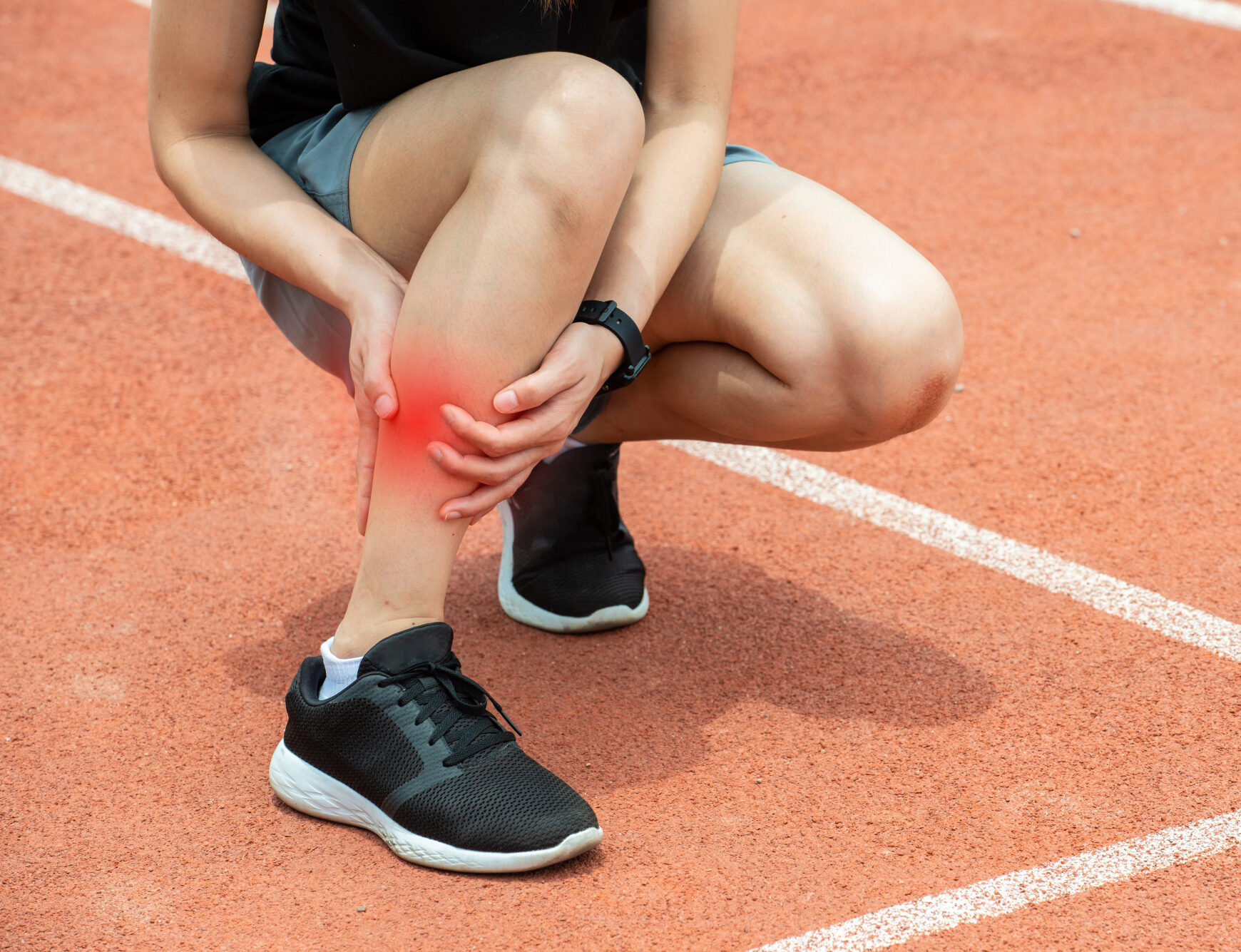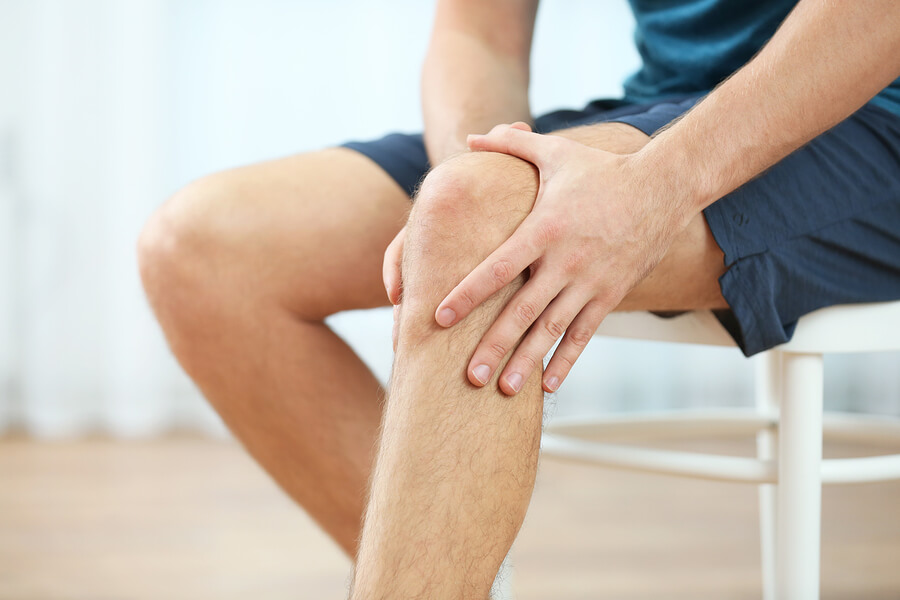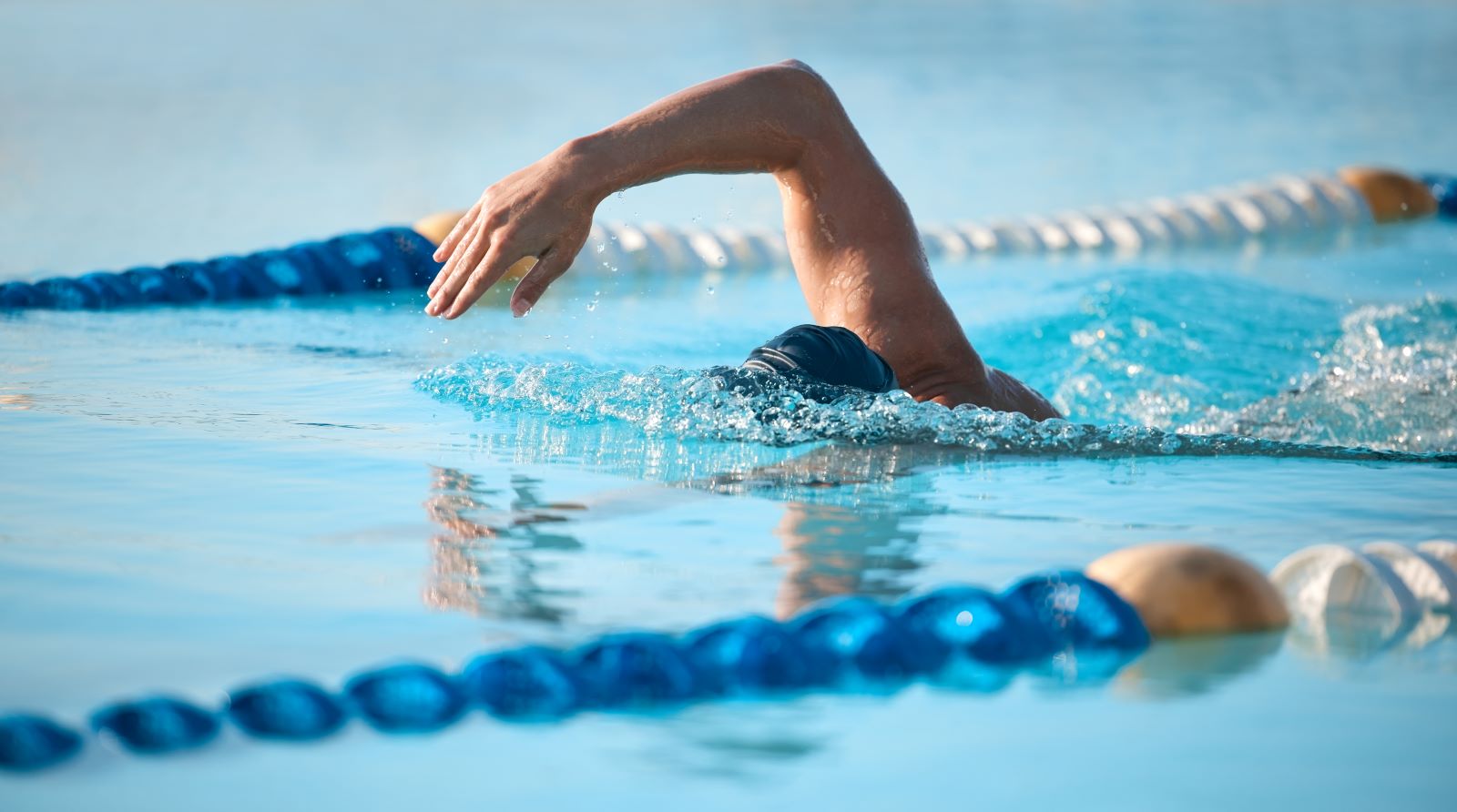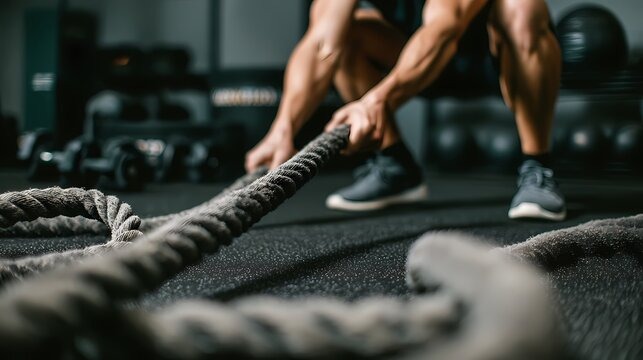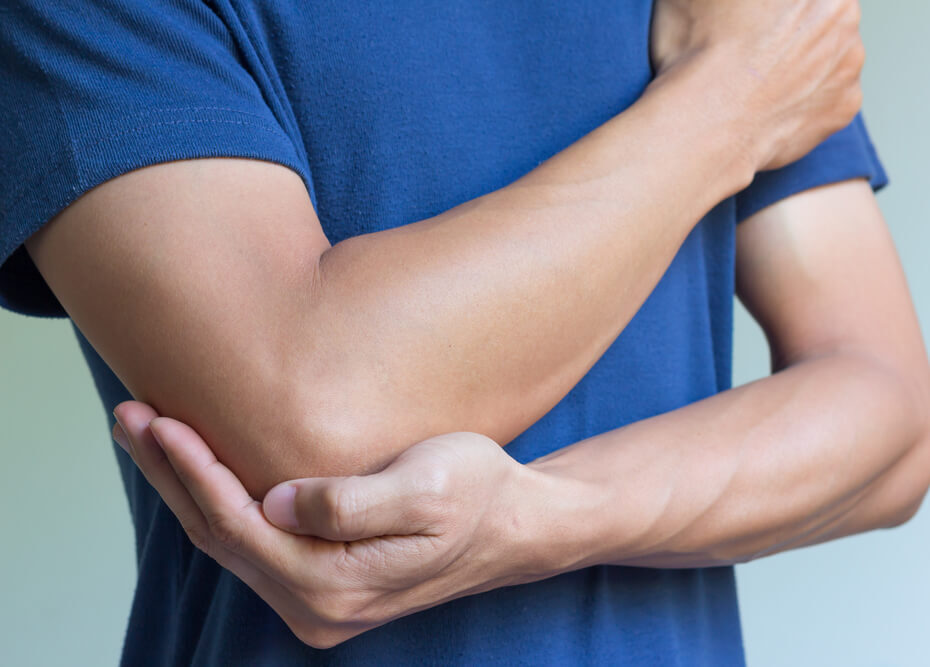Key Takeaways
- The knee joint carries several times your body weight with each step.
- Even a small increase in body weight adds significant pressure on the knees.
- Extra strain can accelerate cartilage wear and increase the risk of osteoarthritis.
- Modest weight loss can reduce knee pain and improve mobility.
- A combined approach of weight management, exercise, and medical advice can protect long-term joint health.
Why the Knees Feel the Weight
The knee is one of the body’s largest and most hardworking joints. It supports you when you walk, climb stairs, squat, or even stand still. But here’s the catch: for every extra kilo of body weight, your knees feel about four times that load when you take a step.
That means an additional 5 kg of body weight adds roughly 20 kg of force on your knees with each step. Over thousands of steps daily, the strain builds up, leading to discomfort, stiffness, or injury.
The Link Between Weight and Osteoarthritis
Osteoarthritis, the most common cause of chronic knee pain, happens when the protective cartilage in the joint wears down over time. Excess weight speeds up this wear-and-tear process in two ways:
- Mechanical strain – Extra kilos put more stress on the cartilage and surrounding structures, causing faster degeneration.
- Inflammation – Fat tissue releases chemicals that promote inflammation, which may further damage the joint.
This double impact explains why people with obesity have a higher risk of developing knee osteoarthritis and may experience more severe pain.
Why Even Small Weight Loss Matters
The good news? Research shows that modest weight loss can make a big difference.
- Losing just 5–10% of your body weight can reduce knee pain, improve mobility, and slow down disease progression.
- For someone weighing 80 kg, a 5% loss (about 4 kg) could ease up to 16 kg of pressure on the knees with every step.
This is why doctors often recommend weight management as a first-line treatment for knee pain before considering more invasive options.
Movement Helps, Not Hurts
It’s natural to avoid exercise when your knees hurt, but staying active is actually essential. Low-impact activities such as swimming, cycling, yoga, and brisk walking help strengthen muscles around the knee, support the joint, and assist in weight control.
Physiotherapy can also teach tailored exercises that reduce pain and improve function without worsening joint strain. The key is gradual, consistent movement rather than high-impact activity that might overload the knees.
Lifestyle Changes That Support Knee Health
Protecting your knees doesn’t require drastic measures. Small, sustainable changes can add up:
- Balanced diet – Focus on whole foods, lean proteins, vegetables, and reduced sugar intake.
- Mindful eating – Smaller portions and fewer high-calorie snacks can help prevent weight gain.
- Regular activity – Aim for at least 150 minutes of moderate exercise a week, adjusted for your comfort level.
- Strength training – Building leg and core strength reduces pressure on the knees.
- Seek early care – Don’t ignore persistent knee pain, it may be a sign of underlying joint damage.
When to See a Specialist
If knee pain persists despite lifestyle changes, or if it interferes with your ability to walk, sleep, or carry out daily activities, it’s time to consult an orthopaedic specialist. Early diagnosis allows for timely treatment, whether through physiotherapy, medications, or in some cases, surgical options, to preserve long-term joint health.
Ease the Knee Pain, Book an Appointment
Your knees carry you through life’s daily movements, from short errands to long walks with loved ones. Protecting them starts with understanding the weight-knee connection and making manageable changes.
At The Orthopaedic Practice and Surgery (TOPS), our team works with patients to manage knee pain holistically, through careful assessment, tailored treatments, and guidance on lifestyle strategies that ease strain on the joints.
Book an appointment today to learn how you can take pressure off your knees and keep moving with confidence.

